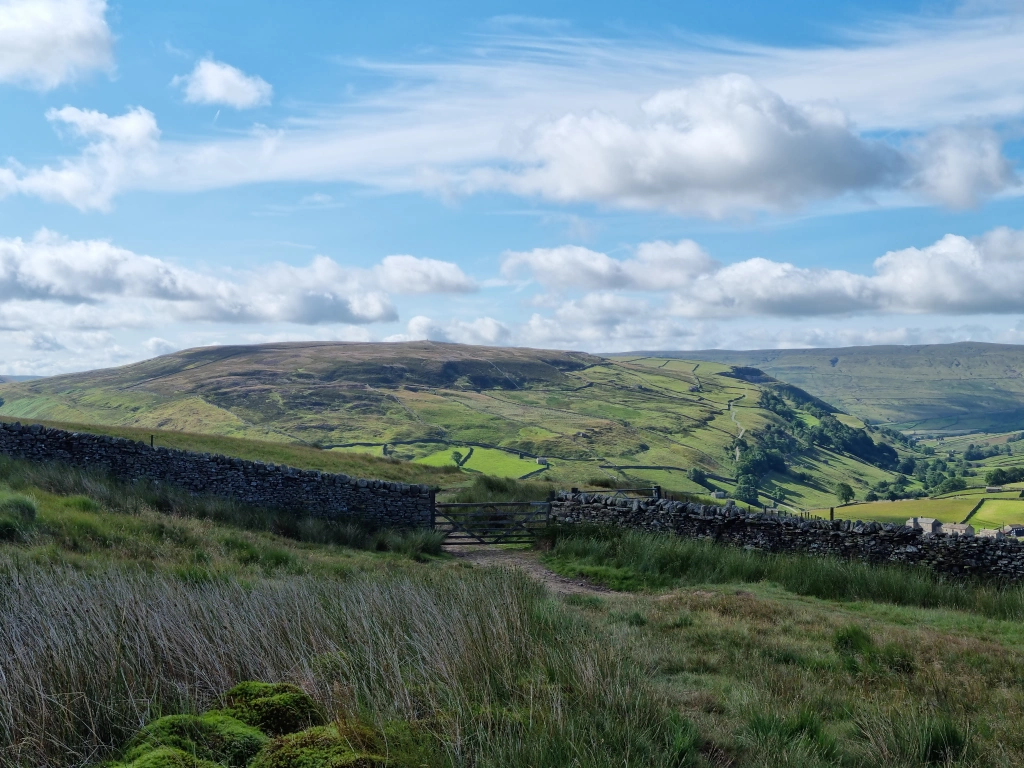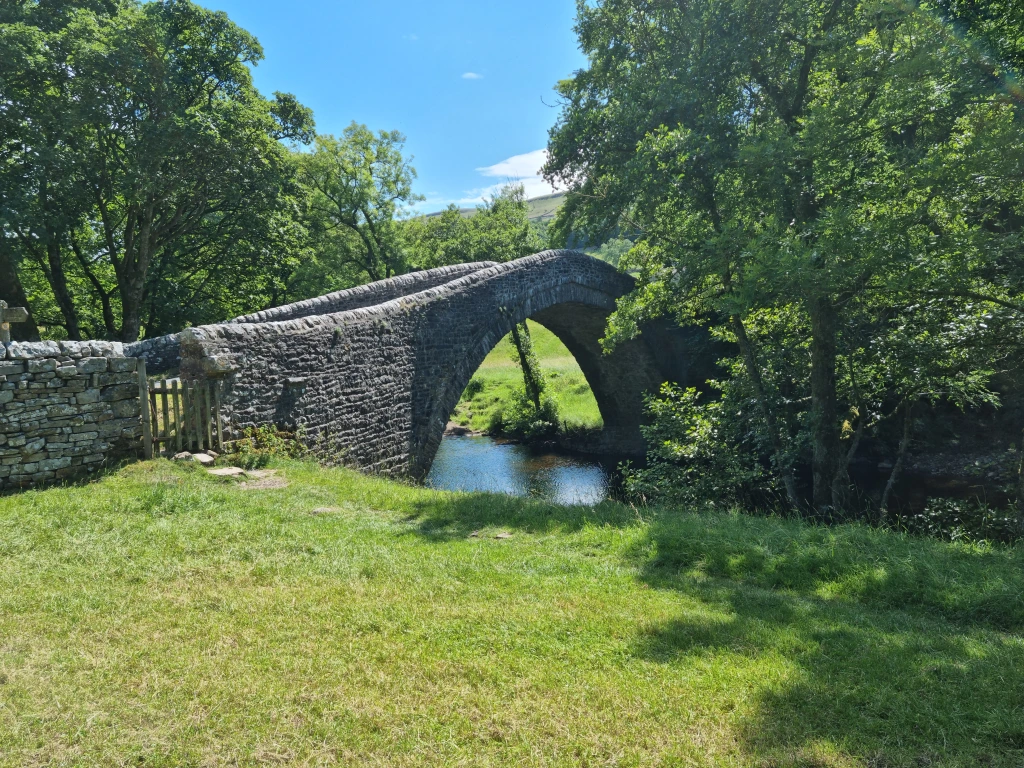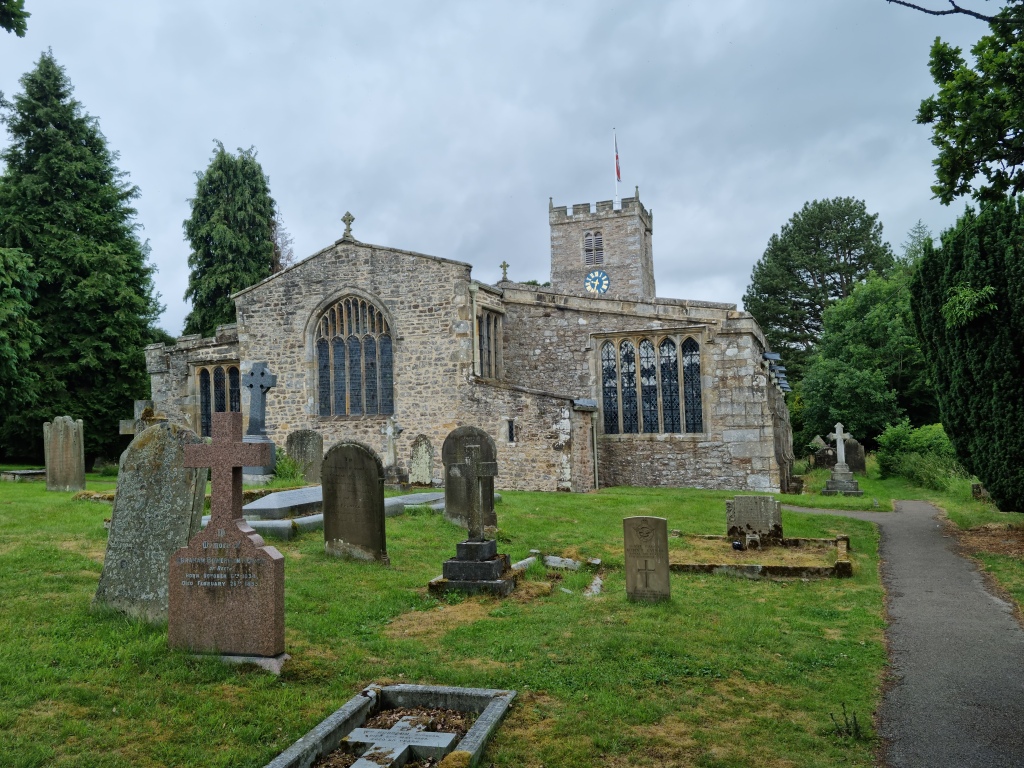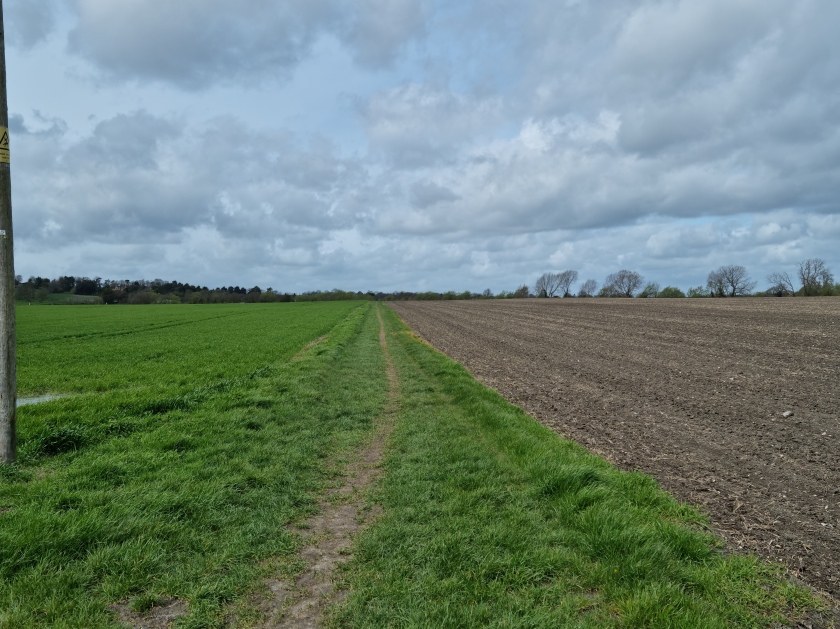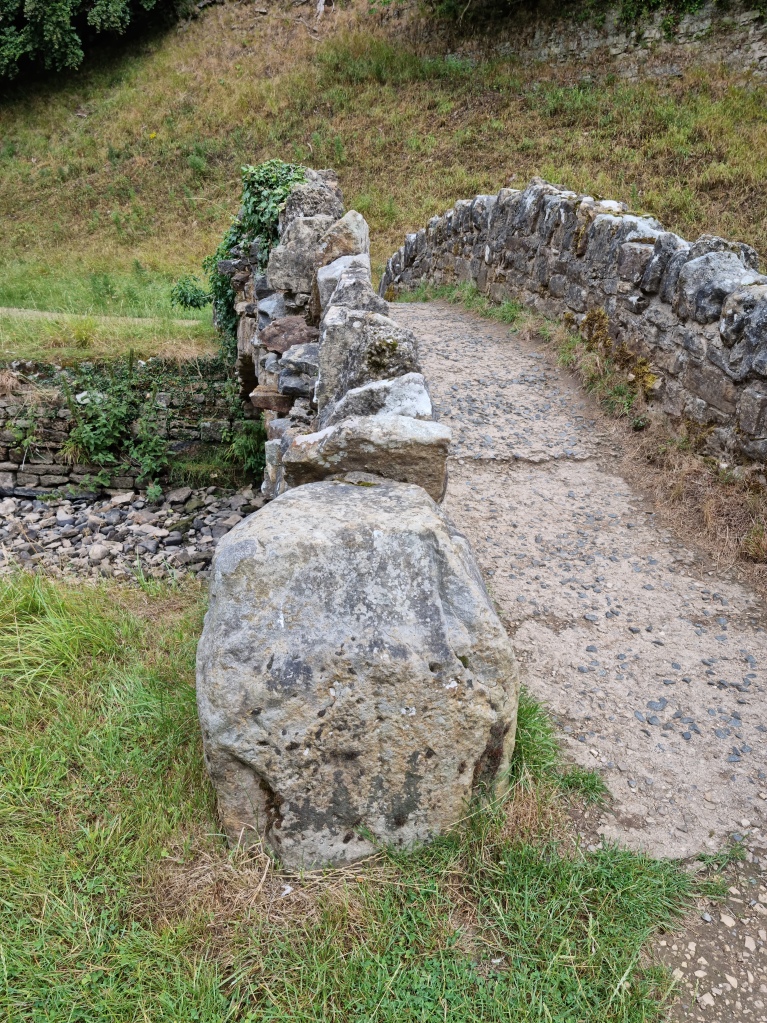The UK’s Department for Culture, Media and Sport has launched a consultation on ratifying the 2003 UNESCO Convention for the Safeguarding Intangible Cultural Heritage. Intangible Cultural Heritage (ICH) is, as the consultation acknowledges, a “mouthful”. It refers to a broad range of things done, usually in public spaces, which form part of our communities. Spectacles, events or processes that we instantly recognise, whose motifs, significance and practices we already know about collectively, and which thus form part of our community’s identity, are all examples of ICH – with “we” and “our” being used very advisedly. Think Morris dancing perhaps, or the Lord Mayor’s Parade in London, or a Salvation Army band. UNESCO’s Convention on ICH aims to afford safeguards to its manifestations, on the same level as it affords preservation and protection to World Heritage’s more familiar tangible expressions, such as Stonehenge, the Giant’s Causeway or Durham Cathedral. Drawing on UNESCO’s own definitions, the consultation defines Intangible Cultural Heritage as
[T]he practices, representations, expressions, knowledge, skills – as well as the instruments, objects, artefacts and cultural spaces associated therewith – that communities, groups and, in some cases, individuals recognize as part of their cultural heritage.
Later on, it speaks more succinctly of “Cultural heritage that is living and practised as opposed to material, fixed heritage.”
The “guiding principles” upon which the proposed ratification will take place are broad, and seem entirely reasonable, with a strong emphasis on inclusivity. They speak of ICH being community based and bottom up, of intercultural dialogue around cases of ICH that are both shared and not shared by different communities, while admitting that for ICH to exist at all it must carry a degree of “community recognition” (whatever that means). As Francis Young has pointed out, this could lead to problematic situations in cases where one item of ICH clearly forms part of one community’s identity, but which may at the same time represent ideologies which conflict with another’s – such as Northern Ireland’s fife and drum bands. The consultation – wisely in my view – steers clear of such conflicts by adopting what it calls a “lift not list” approach, which does not seek to elevate any items of ICH over others, or confer on any items any special status. It states that:
[ICH] is different to World Heritage, partly in that it is far broader and more extensive, but importantly in that it has no exceptional universal value and is not necessarily original or unique. Judging which elements are more valuable or important than others is neither desirable or beneficial, nor is there any commonly agreed way of doing so.
Failing to be ultra-responsive and ultra-inclusive would, at this early stage, surely doom the proposed ratification to failure, especially in such fractious and culturally-warlike times for the UK as these. The first stage will therefore be to create an all-encompassing “inventory” of ICH, which will not, at least at first, seek to accession any items to UNESCO’s own “definitive list”, which is far more definitive and exclusive. However, when the consultation gets to defining what it thinks should be included, the principles become so all-encompassing as to risk indeterminacy. It is simply stated that ICH should be “currently practiced” and is not a material object (an ethnically specific piece of food preparation equipment does not itself form part of ICH for example, but a culinary practice which uses it might), that it can come from any time, and can originate from anywhere. The proposed categories within these are drawn from the Convention itself:
- oral traditions and expressions, including language as a vehicle of the intangible cultural heritage;
- performing arts;
- social practices, rituals and festive events;
- knowledge and practices concerning nature and the universe;
- traditional craftsmanship.
Two additional categories are proposed, traditional games and culinary traditions.
It is interesting, and perhaps a subject for another blogpost, to note that that digital networked practices, events, and knowledge are not mentioned at all. These potentially cut across all seven categories, and highlight the necessary role of networking, connection, and collaboration within communities in the production of ICH – the process by which information, understanding, knowledge is shared, and is this collectively formed. Mark Hedges and I observed similar processes in relation to the ways that academic crowdsourcing produce knowledge in in our 2017 book, Academic Crowdsourcing: Crowds, Communities and Co-Production. We noted:
“The emergence … of more collaborative and co-productive forms of crowdsourcing in recent years has led to an increased focus both on community motivations, around the creation of benefits for the common good – to human knowledge or a cultural commons – and on a more profound engagement with the subject and closer involvement of contributors in designing and doing research”.
p 101
Our main thesis in was that the “networked age” from the mid-2000s onwards, when the Web became truly interactive, brought about a new type of “cultural commons”, whereby academics and cultural professionals were able to do new forms of research, and create and curate new forms of knowledge, by collaborating with enthusiastically amateur (in the best possible sense of the term) members of the public. For “cultural commons” here, one can read ICH, and the ways in which it is produced through collaborative and co-productive means between practitioners and communities; and the way in which it functions as a social good. No doubt the bearing which the theory and practice of networked knowledge has on the relationship between practitioner and public will form a major part of the Convention’s implementation in the UK in the future.
In order to be all-encompassing and inclusive therefore, the consultation casts its net wide, and skims over any reference to the way that ICH is actually formed. The sharpest contrast in terms of what ICS is not is its comparison with tangible World Heritage, the “tangible” properties already listed by UNESCO. It is worth unpacking this distinction a little more.
The UNESCO World Heritage List (which defines properties that the consultation explicitly states are not ICH) divides its entries into the high-level categories of “Cultural”, “Natural” and “Mixed” – essentially, those which are created by human hands, those which are not, and combinations of the two. The vast majority of listings are human-made: of 33 listed properties in the UK, 28 are Cultural, four are Natural and only one is mixed. The first thing to note is that under both UNESCO’s definitions and the UK consultation, all ICH would correspond to the “Cultural” category. It is always human-made. It can be further noted that pretty much all of the 28 Cultural listings might be considered to be the result, whether directly or indirectly, of “elite” historical processes. Durham and Canterbury Cathedrals and Blenheim Palace are obvious examples of the former, as is the City of Bath. The Jodrell Bank Observatory is a manifestation of “elite” practice in a scientific rather than a religious or social sense. Similarly, the Pontcysyllte Aqueduct and Canal is an example of “elite” achievement in the domain of civil engineering – “a pioneering masterpiece of engineering and monumental metal architecture” according to the UNESCO listing. We may not have such a clear vision of the religious, social and architectural significance(s) of Stonehenge and Avebury as they appeared to those who built them, but we can be sure that they resulted from social complexity and hierarchy – some form of elite culture, even if it is one that we cannot access it directly.
By contrast, the ICH is none of these things. The UK consultation explicitly states that to be inventoried, items and practices of ICH must be “bottom up” and endorsed by their community. ICH derives its legitimacy from a shared embodiment at the local level, and not through validation by scientific, social, religious, engineering or architectural fame. Under the convention ICH will be “safeguarded”, not “preserved”, as physical World Heritage is. But this only serves to highlight that our approach to preserving “World Heritage” is to place it, metaphorically, behind glass, frozen in time and isolated from the world around it. This is in itself is a rather egocentric and monocultural view of World Heritage – privileging the way it appears to us, now, and excluding ways it might evolve in response to its environment over time (a property that is explicitly attached to ICH in the consultation). By banishing them, we in effect absolve ourselves of any responsibility for safeguarding the way in which a heritage monument changes dynamically over time. Recognising heritage’s contemporary importance and impact makes the stark distinction between ICH and World Heritage seem incongruous. As Hugh Thompson points out in The Green Road Into the Trees (2013), any Iron Age druids who might have used Stonehenge for their rituals are just as distinct from the monument’s original builders, and at the same time just as much part of its history, as the hippie celebrants who congregate there at the Summer Solstice in modern times. Under both UNESCO’s definitions and the proposed UK ratification, the hippie events and rituals would surely qualify as an item and practice of ICH. The may not have the same “exceptional universal value” as the Stonehenge itself; but to regard them (and the social-networked process which sustain them) as separate from the movement from the point of view of preserving and safeguarding it in the present day itself seems to make little sense.
I believe that the UK consultation has struck the right tone in terms of setting principles and an agenda; and does a good job in framing the first steps towards ratification. Hopefully ratification will prove to be an impetus to ambitiously rethink the boundaries that an historic (and Westernized) view of heritage imposes on the distinction between the tangible and intangible, past and present, and safeguarding and preserving.

